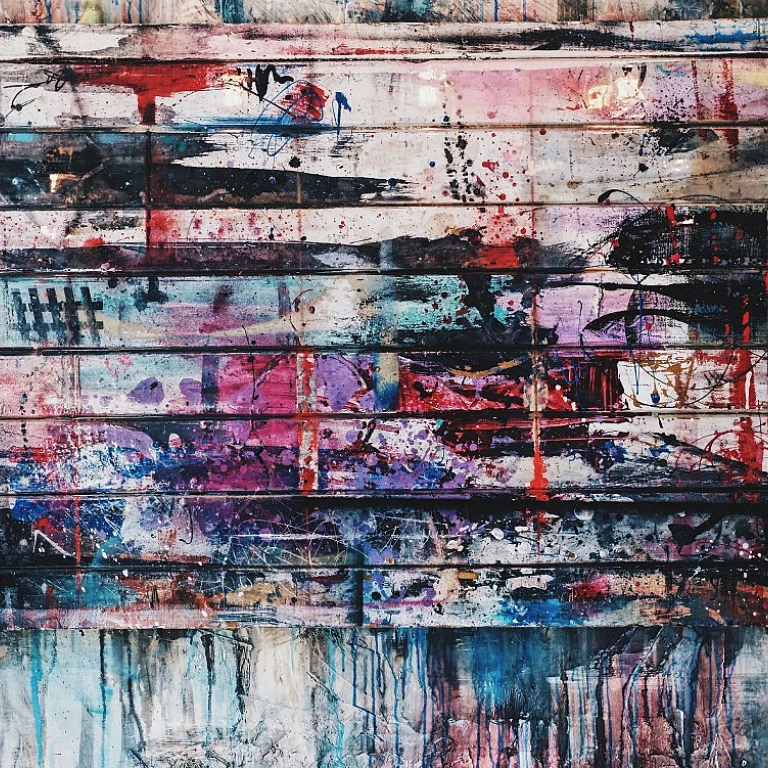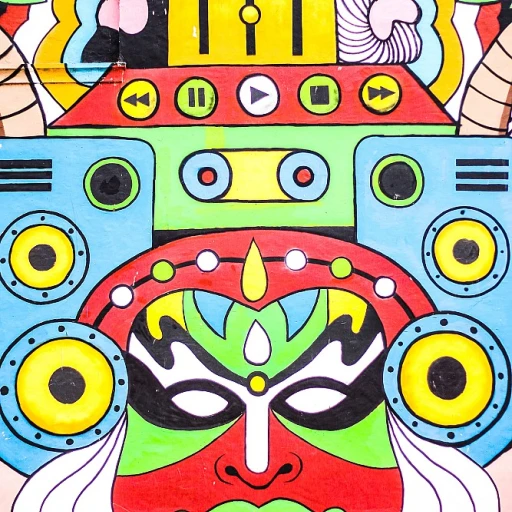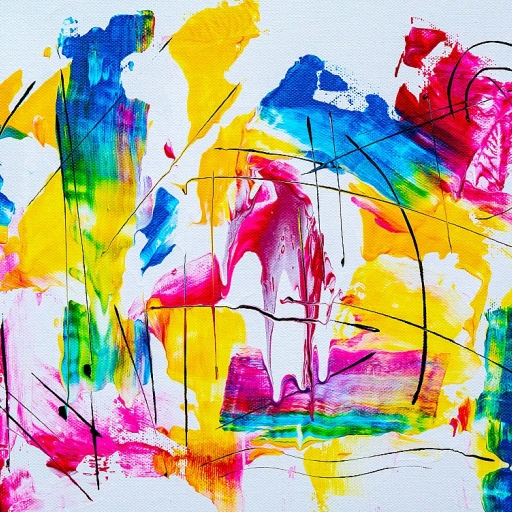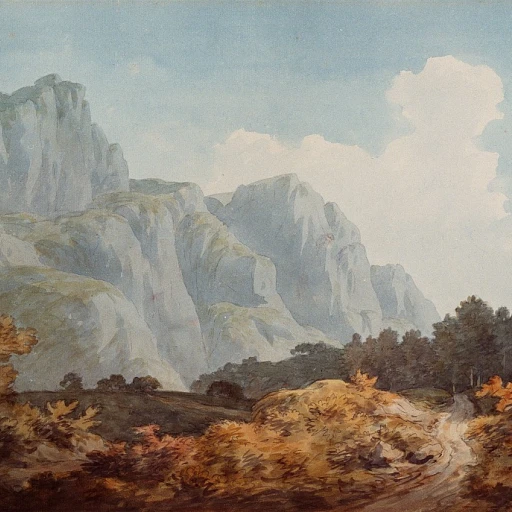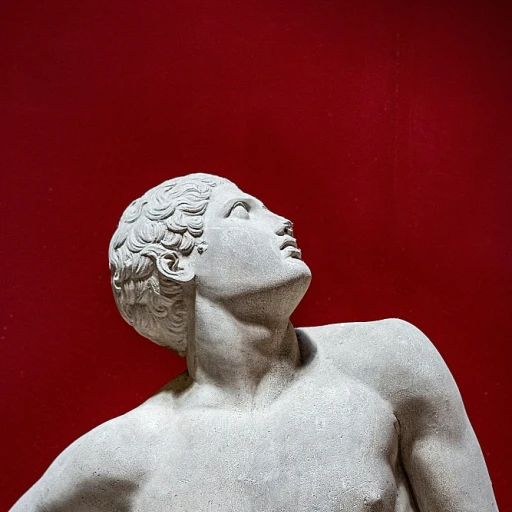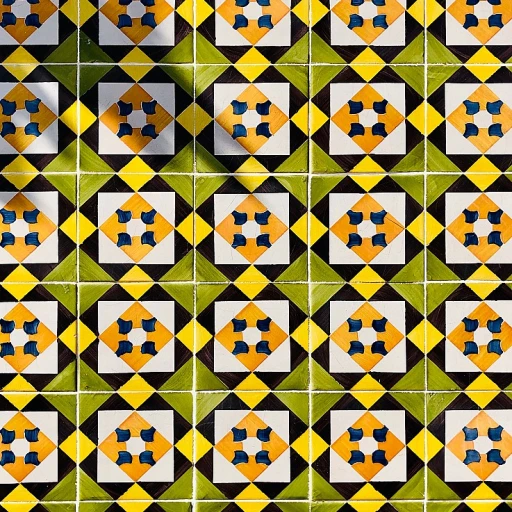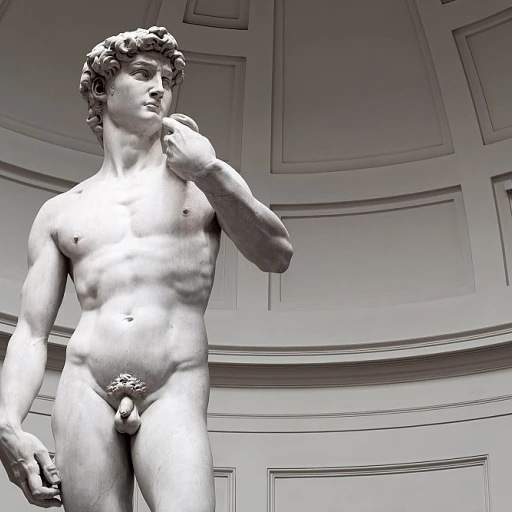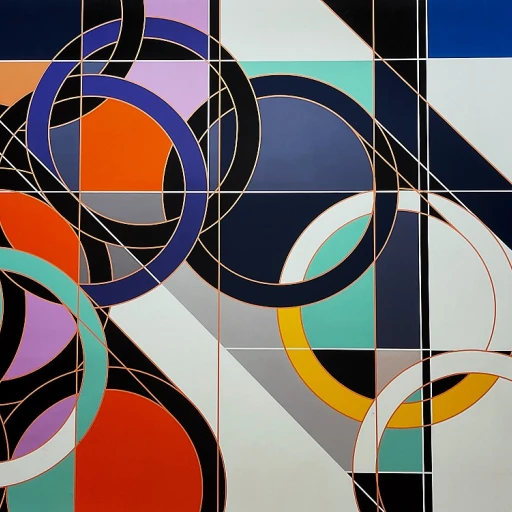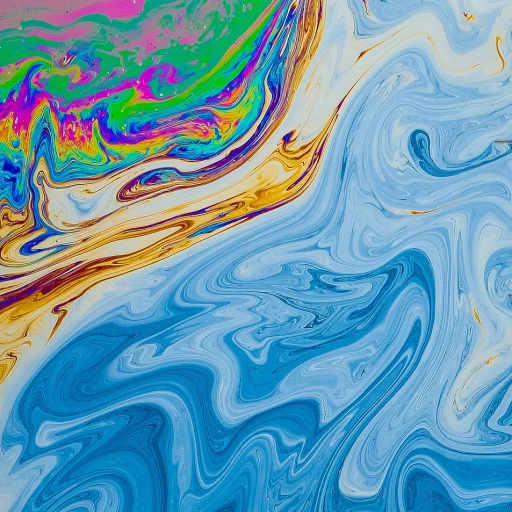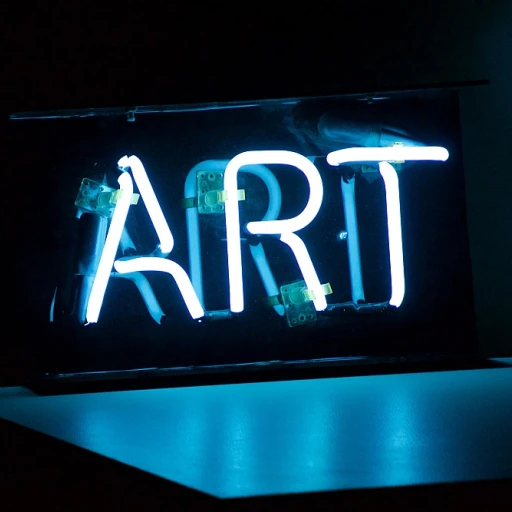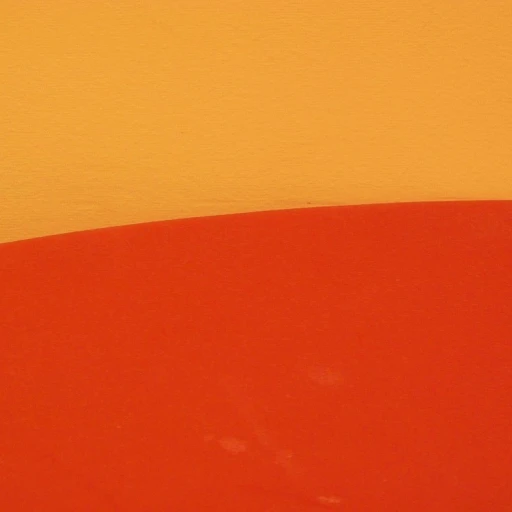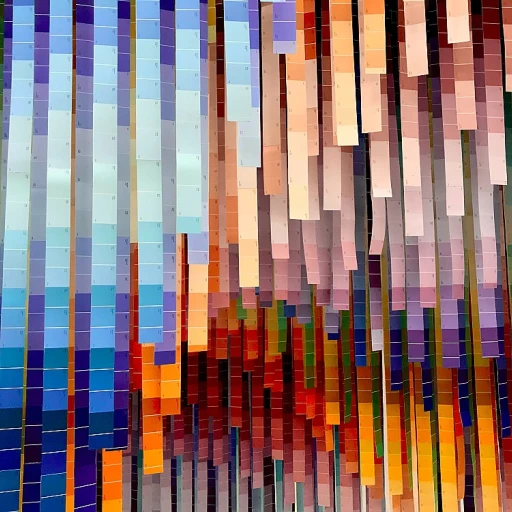-teaser.webp)
Understanding Transgenic Art
A Unique Art Form that Transcends Boundaries
Transgenic art stands as a unique and intriguing category within contemporary art, challenging conventional boundaries by merging elements of art, science, and technology. This art form explores the new horizons opened by advancements in genetic engineering and biotechnology, creating a unique dialogue between human creativity and scientific innovation.
Inspired by the wonders of life and nature's helpers, transgenic art often incorporates life forms and species in ways that provoke thought and stir curiosity. The works of Australian artist Patricia Piccinini serve as a quintessential example of this approach. Her sculptures, made from materials like silicone fiberglass and human hair, blur the lines between human and animal, reality and fiction. They offer an introspective look at our intertwined existence with other life forms on this planet.
Piccinini's art goes beyond mere representation; it becomes a platform to discuss important themes such as ethics, empathy, and the relationship between humans and nature. Her pieces, frequently showcased in art galleries and solo exhibitions globally, allow viewers to ponder over the possibilities and challenges that emerge with technological progress.
This intersection of art with science taps into a realm of luxury where craftsmanship and innovation meet, reflecting the elegance of latter-day expressions. The luxurious nature of these works lies not only in their aesthetic appeal but also in their ability to engage the audience on an intellectual level, inviting them to navigate the complexities surrounding new life forms and species created through genetic manipulation.
As transgenic art continues to evolve, it positions itself within the context of contemporary art by opening windows to new insights and perspectives on what it means to be human in an era defined by technological advancements. This compelling art form challenges us to reconsider our place within the natural world and the ethical implications of our artistic endeavors.
Patricia Piccinini: A Visionary Artist
A Deeper Look at a Visionary
In the realm of contemporary art, few names resonate as profoundly as Patricia Piccinini. Born in Australia, this visionary artist has captivated audiences with her surreal sculptures and installations that challenge conventional perceptions of species and life.
Piccinini's work is a fascinating blend of art and biology, often utilizing materials like fiberglass, silicone fiberglass, and even human hair to bring her creations to life. These materials are meticulously crafted to evoke a visceral reaction from viewers, prompting them to reflect on the delicate balance between nature and artificiality.
Her pieces, which include large-scale sculptures such as the iconic "Big Mother" and her series of nature helpers, open a window into a world where fantasy meets reality. At exhibitions like the Hosfelt Gallery, Piccinini's work invites us to explore the boundaries of what it means to be human and how we express our place among other life forms.
One of the notable aspects of Patricia's art is her ability to incorporate intricate details, such as the use of automotive paint and fiberglass hair, to create hyper-realistic representations that blur the line between the familiar and the unknown. Her art gallery displays often feature juxtaposed elements that provoke thought and introspection.
In exploring the cross-section of modern art and species evolution, Piccinini's artistic message is one of connection and empathy. Her creations challenge us to rethink the assumptions we hold about life and its myriad forms, ultimately elevating the dialogue around contemporary and luxury art.
The Significance of 'Undivided'
Unveiling the Profound Impact of 'Undivided' on Contemporary Art
Within the scope of contemporary art, Patricia Piccinini's 'Undivided' stands out as a remarkable exploration of life forms, weaving together themes of human existence and interspecies kinship. This exhibition, housed in a prestigious gallery, opens a window to Piccinini’s exploration of the intricate relationship between humans and nature’s helpers. Her work triumphantly blends the natural with the artifice, inviting us into a space where the boundaries between species blur. 'Undivided' is more than just an art showcase; it is a dialogue of narratives, each sculpture representing a storyline that brings to life the uncanny intersection of human and non-human characteristics. Piccinini’s sculptures, crafted with a masterful use of silicone fiberglass and automotive paint, feature exaggerated yet tender interpretations of life, often incorporating human hair and fiberglass to evoke a sense of warmth and familiarity. These sculptures, such as the iconic 'Big Mother', challenge our conceptions of modern life and question the future of human interaction with evolving species. By creating large-scale works that vividly depict human-like creatures with altered anatomies, this Australian artist addresses the interconnectedness of all living beings. In doing so, Piccinini’s works prompt us to ponder profound questions about the essence of life and our role within the natural world. In the broader conversation of luxury artwork, the significance of Piccinini’s 'Undivided' is underscored by its meticulous craftsmanship and profound thematic content. It aligns with the aesthetics and philosophies appreciated by collectors who value not only the visual allure but also the deep narratives embedded in transgenic art. Piccinini’s exhibition reinforces her status as a visionary artist, known for her ability to craft thought-provoking art that resonates with audiences globally. For more insights on the interplay between luxury art and contemporary aesthetics, please explore the intricate world of Justin Caguiat's art. This broader exploration highlights how 'Undivided' asserts itself as a pivotal piece of the transgenic art puzzle, making a lasting impact in both the art community and beyond.The Role of Luxury in Transgenic Art
The Intersection of Luxury and Transgenic Art
The realm of luxury art finds a fascinating intersection with transgenic creations, particularly in the works of Patricia Piccinini. As you explore her sculptures, you are drawn into a world where contemporary art becomes a conversation between humanity and the otherworldly. The use of materials such as fiberglass, silicone, and even human hair adds a layer of opulence to her striking figures, reinforcing the allure of luxury. In Piccinini's work, the intricate details in each piece, like the delicate application of automotive paint on silicone fiberglass, highlight the fine craftsmanship inherent to luxury. Her exhibitions, such as those in Australia’s renowned art galleries, provide an immersive experience that transcends typical art forms. The large-scale sculptures do not merely depict life forms but present them as nature helpers with a touch of modern art sophistication. The inclusion of human-like details, from hair to skin texture, invites viewers to connect deeply with the exhibits. This fascination is not limited to the eye but extends to an appreciation for the quality of materials and skill involved in creating these 'life' replicas. The Hosfelt Gallery, known for showcasing such cutting-edge works, adds to the prestige and desirability of Piccinini's creations. With the rise of transgenic art as a sought-after genre in luxury, there exist inevitable challenges that curators face when incorporating these unconventional pieces into traditional settings. However, the dialogue they provoke and the curiosity they incite ensure that transgenic art remains an invaluable part of the contemporary art landscape. The future of luxury will likely continue to embrace these boundary-pushing forms, as they compel us to rethink not just art, but the essence of life itself.Challenges in Curating Transgenic Art
Curatorial Challenges in Transgenic Art
Curating transgenic art, especially the works of Patricia Piccinini, presents unique challenges that stem from the intersection of contemporary art and biotechnology. Piccinini's sculptures, often crafted from silicone fiberglass and human hair, blur the lines between species, creating life forms that are both familiar and alien. This complexity demands a nuanced approach from curators who must balance the technical aspects of the art with its philosophical implications.
One of the primary challenges is the preservation of these intricate works. Materials like silicone fiberglass and human hair require specific environmental conditions to maintain their integrity over time. Art galleries must invest in advanced climate control systems to ensure that these materials do not degrade, which can be a costly endeavor.
Additionally, the ethical considerations surrounding transgenic art cannot be overlooked. Piccinini's work often provokes discussions about the future of human and animal life, raising questions about genetic manipulation and its implications. Curators must navigate these conversations carefully, providing context and info to help audiences engage with the art on a deeper level.
Another challenge is the scale of Piccinini's sculptures. Her large-scale installations, such as those seen in her solo exhibitions at the Hosfelt Gallery and other venues in Australia, require significant space and logistical planning. This can limit the number of galleries able to host such exhibitions, impacting the accessibility of her work to a broader audience.
Despite these challenges, the role of luxury in transgenic art offers a unique opportunity for galleries to attract a discerning audience. The exclusivity and innovation inherent in Piccinini's work align well with the values of luxury art collectors, who appreciate the blend of modern art and cutting-edge technology.
Ultimately, the successful curation of transgenic art requires a collaborative effort between artists, curators, and galleries. By addressing these challenges head-on, the art world can continue to explore the boundaries of what is possible, opening windows to new forms of artistic expression.

